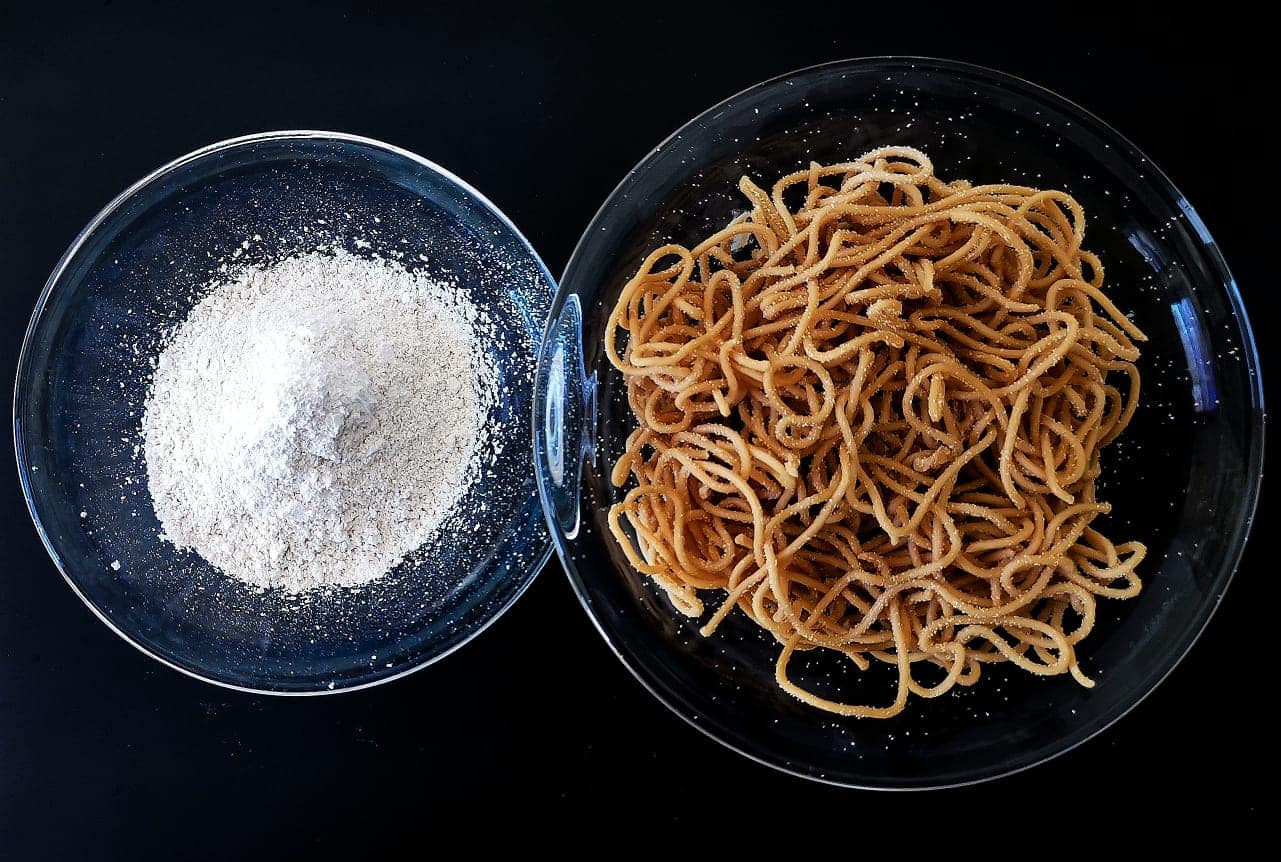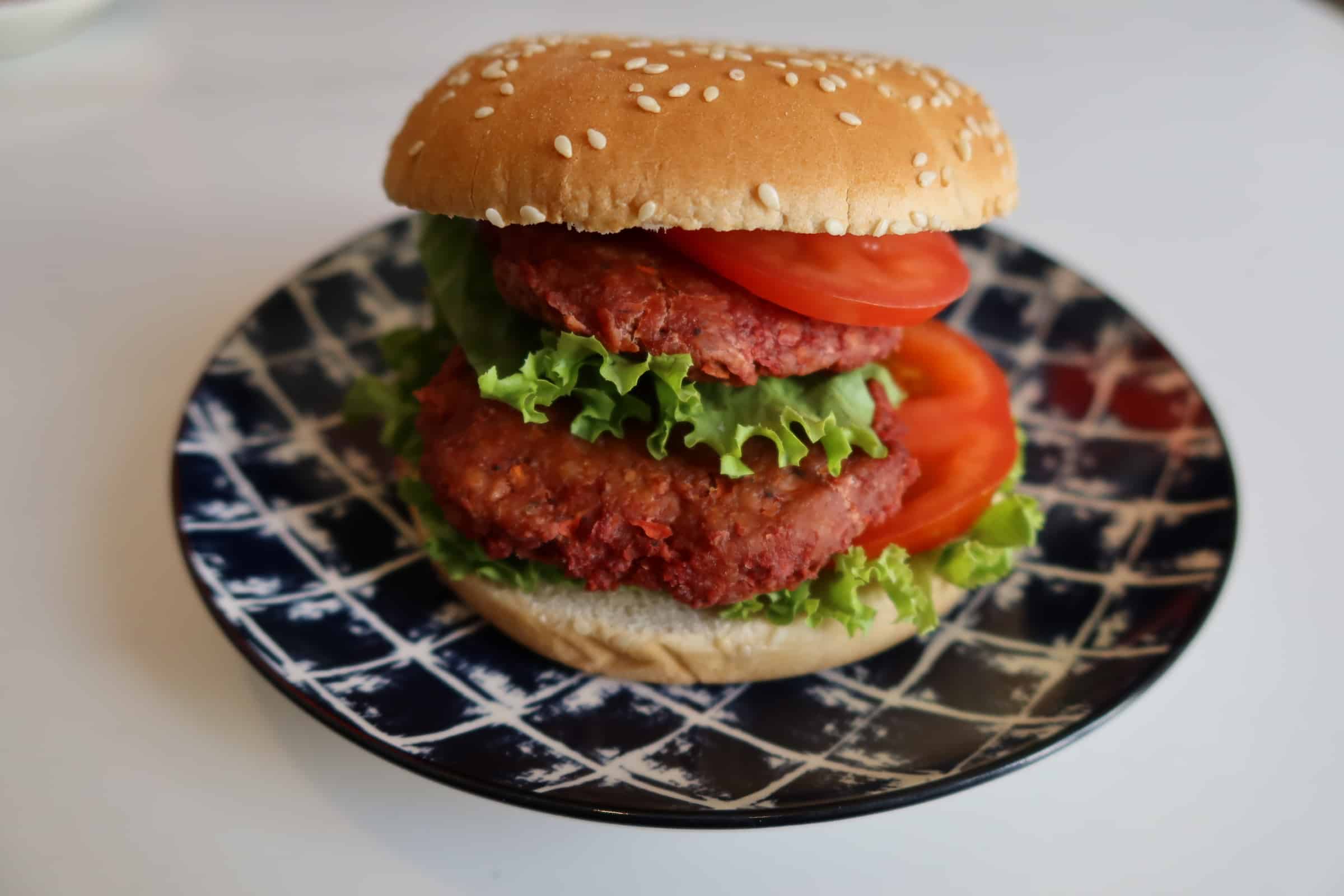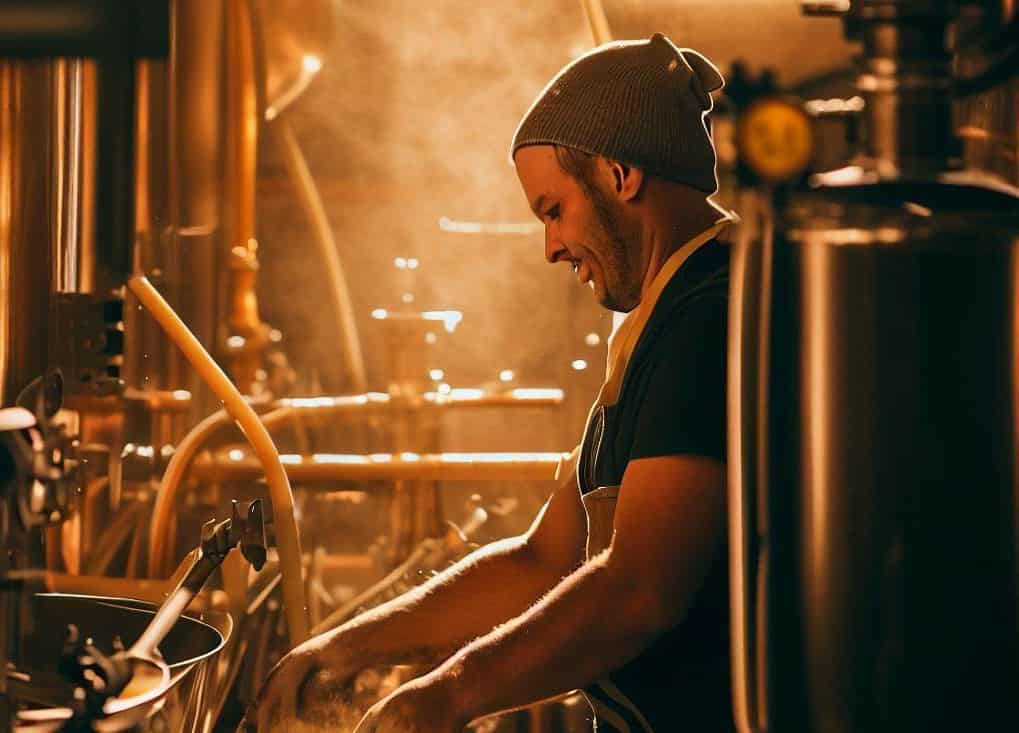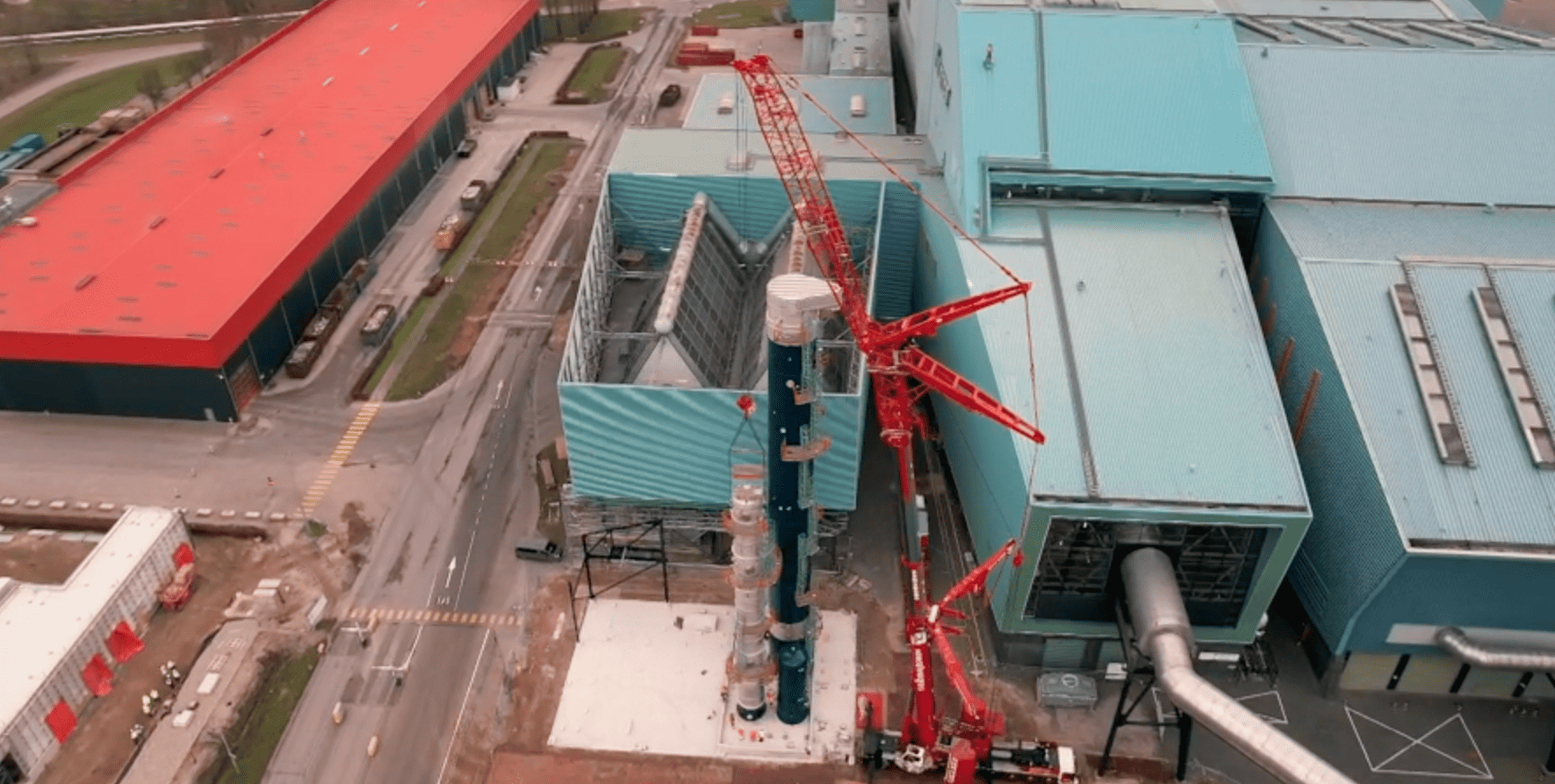
About Yeasty
- Founders: Nikola Stefanovic, Mathieu Durand, Juan Londono Leon.
- Founded in: 2021
- Employees: 12
- Money raised: €1.4 million
- Ultimate goal: Producing a more sustainable protein for the planet.
Grains, hops, and water form the basic ingredients for making beer. In addition to these, a fourth one is also essential: yeast. After the brewer has created a mixture of grains and water, yeast then comes in, transforming sugars into alcohol and carbon dioxide. It is thrown away at the end of the brewing cycle, despite having valuable nutritional value – especially in terms of proteins.
Aware of this nutritional potential, Yeasty is upcycling this waste stream. The Paris-based start-up is able to process spent yeast to produce a nutritious flour that can be used as a base for food production. In this instalment of the Start-up of the Day series, Juan Londono Leon tells us more about the company he founded.
Why is reusing beer yeast important?
“Beer yeast is a very complete ingredient. Specifically, it has good nutritional properties, in particular a high protein content which is about 50 percent. In terms of content and quality, this makes yeast comparable to animal-based proteins. Throwing away such potential seems like a huge waste to us. Yearly, over two million tonnes of it is produced in the three major beer-producing countries – Brazil, the United States, and China – and only a marginal part of this quantity is currently being reused.”
How did you get started with your idea?
“After researching the nutritional potential and volumes that are available, the most important issue was understanding the taste. Hops give beer that typical bitter taste in addition to being a preservative. The yeast that brewers eventually discard also contains those hop molecules. The challenge was to get rid of the bitter molecules while keeping the yeast intact. In 2021, we achieved a breakthrough in this process, which helped launch the company and enabled us to scale it up.”
How do brewers manage yeast at the moment?
“Some use spent yeast for animal feed, or for making yeast extracts as food flavorings, for example. Yet, they don’t have a way to upcycle it on a large scale, they have to throw away the vast majority of yeast they have left over. What’s more, it is expensive for them to first store it – 80 percent of it is water – and then pay a company to fetch it and treat it. Which is why we want to help them solve this problem they have.”

How does your process work?
“After getting the yeast from the brewers, we start by filtering out the yeast from the watery mixture. Then, the debittering process is carried out. Once it is completed, we dry the compound and concentrate it, so as to obtain a powder. It is comparable to any other kind of flour.”
Does it work with any kind of beer?
“It can work with almost any type of beer. It may not work for a few speciality beers, but we can work with 99 per cent of the market in terms of beer types and volumes. Our idea was to be as resilient as possible as far as the type of beer and the yeast cells are concerned. Working with the by-product of an IPA beer is different from a lager when it comes to bitterness. From the outset, we worked with different by-products, trying to achieve the same output regardless of the input.
What products can then be made from this flour?
“The flour has an umami flavour that can give meaty or cheesy notes of flavour, which makes it very interesting for consumers and industrial applications. Therefore, the creation of plant-based meat analogues products is one of the main use cases. Sports nutrition and clinical applications are also relevant. At a later stage, the cosmetics industry could use it, as they are also looking for new biological protein sources”.


How can food producers use your flour?
“What we recommend is to use 20 percent of our flour in their product’s mix. This means that for every 100 grams of product, 20 grams are our flour – that amounts to 10 grams of protein. In the case of meat substitute products, it’s easier to meet animal meat nutritional values.”
What markets are you focusing on?
“Given that we are able to meet all the needs of this market, the meat analogue market is one of our priorities. Then there is sports nutrition, as almost every application is suitable, whether you want high-protein biscuits, bars or shakes. Also, sports nutrition companies are looking for complete products and yeast also has an amino acid profile comparable to that of whey – the product currently used in sports nutrition products”.
Another interesting area involves the fortification of nutritional products. One example is biscuits. By adding just 5 percent of our flour to the mix, we can reduce the salt and sugar content while still improving the protein content of the food”.

What is next for Yeasty?
“In 2023, we will focus on sending samples of our product and obtaining commercial pledges. Signing partnerships with breweries is also on the list. We then aim to have our pre-industrial plant ready by the end of 2024, which means we have to start building it by the end of this year.”
What do you need to build a pre-industrial plant?
“Among the many things to consider, two come to my mind: sizing and safety. The former depends on the demand we aim to have and on our ability to scale up that process. For the debittering process, we have already partnered with some universities that have large-scale facilities to test scale before we open our industrial site. Showing that we can scale up the procedure and knowing how to go about this is critical for us.
As for the safety aspect, we’ve got to think about all the certifications that we need to get and the regulations we must follow. It takes time and we want to be well-prepared.”








